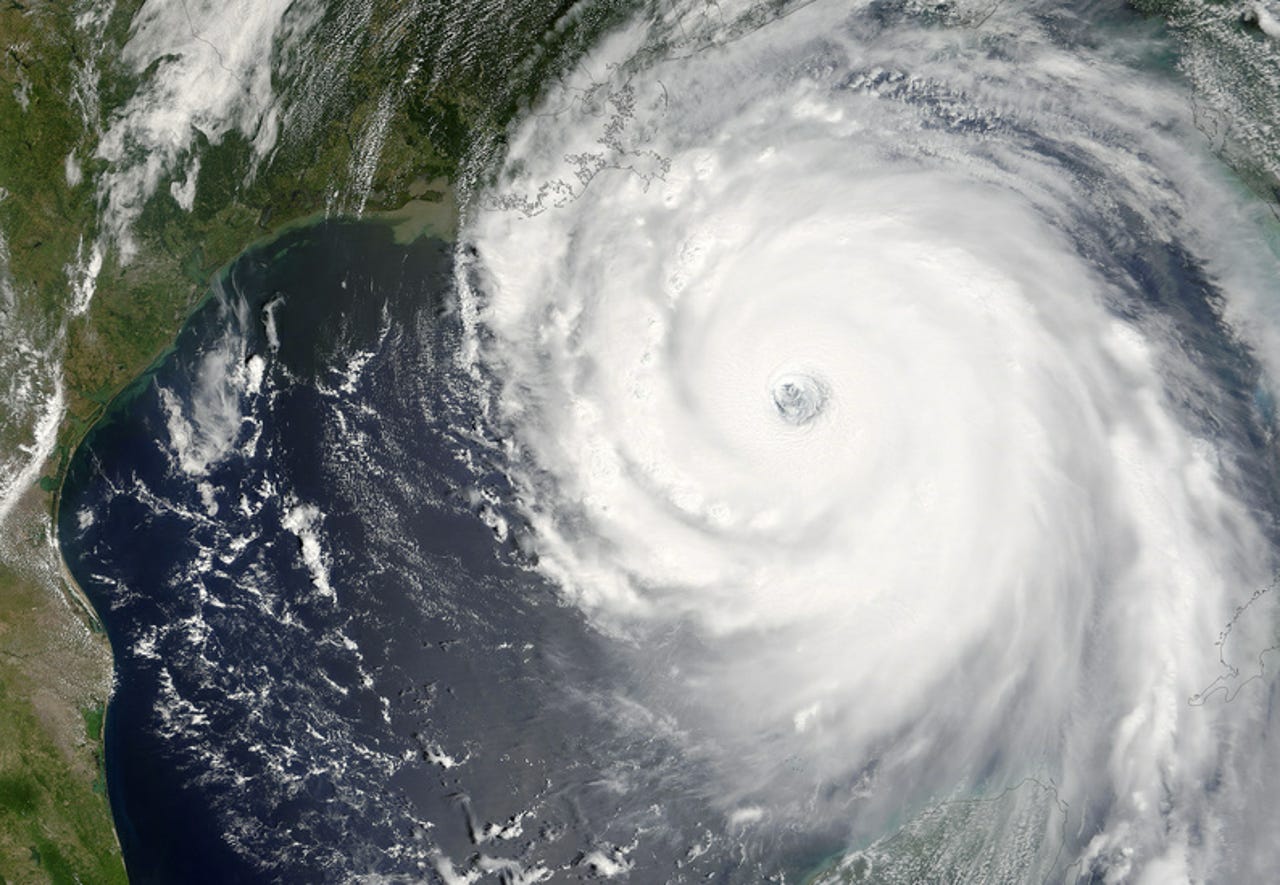This is what your wireless carrier does to prepare for a hurricane


Those of you in the Caribbean and the southeastern U.S. hardly need a warning, but it's officially hurricane season.
That doesn't just spell trouble for basements, beaches and those old windows you forgot to replace -- it also means trouble for wireless service.
We give the wireless carriers a lot of hell for spotty coverage, ever-increasing prices and mind-numbing customer service -- and often, they deserve it.
But there's quite a lot to be done to prepare for a hurricane. And a recent T-Mobile statement shows just how much there is to do, from engineering drills to network fortification to crisis management coordination.
These are some of the things that make it possible to call Mom and make sure she's OK when a big one makes landfall:
- Supplemental fixed cell site backup generators
- Supplemental microwave technology equipment, to facilitate back-haul or data communication from the cell sites to network switches, as backup, in the event that fixed-line service fails
- Cell-on-wheels, pre-staged to accommodate additional capacity, e.g. for evacuation routes
- About 1,000 small mobile generators, for backup power
- Even more portable generators
- Fuel for everything, from generators to transport vehicles
- An engineering command center located near impact areas
- Redundant support for network operation centers
- Wi-Fi calling for first responders, in the event that commercial wireless networks go out of service
We are all used to seeing our wireless carriers from a customer's point of view, but it's interesting to think about all of the resources that must be marshaled for a somewhat unpredictable event.
A cost of doing business in infrastructure? Sure. But a nice reminder that our cloud-based comfort runs through a very real piece of hardware that isn't always housed in an air-conditioned datacenter, miles away.